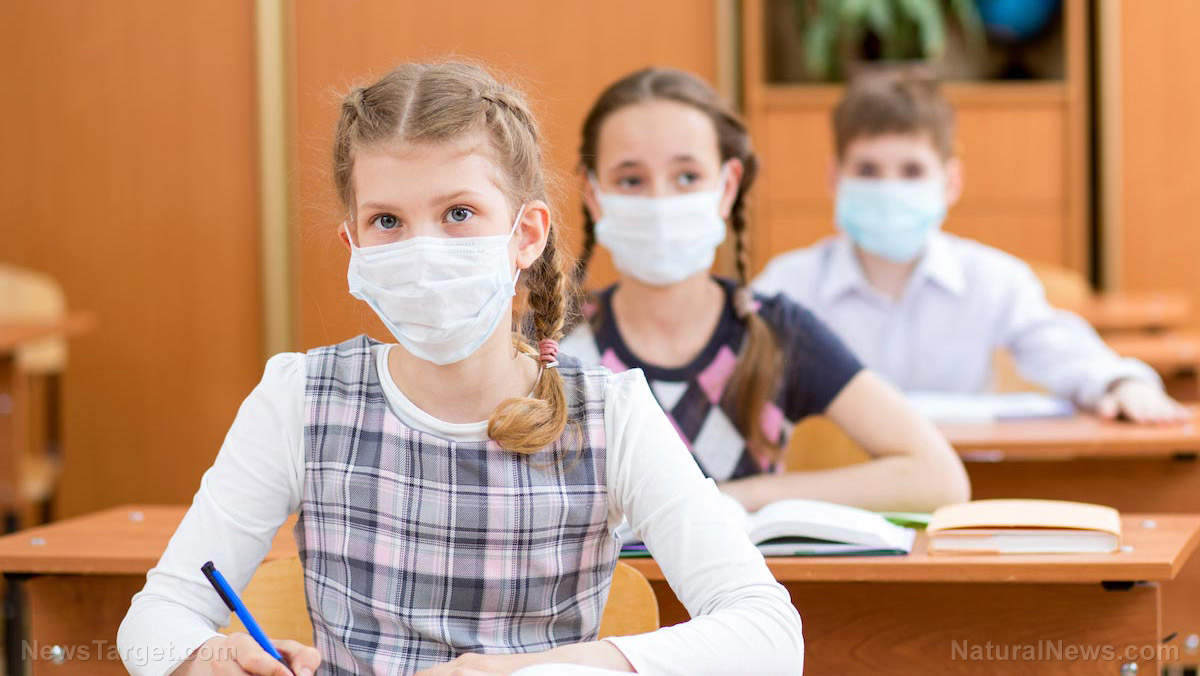Global health in peril: Flu outbreak cripples schools as cancer deaths projected to soar
10/14/2025 / By Patrick Lewis

- A severe influenza outbreak in Malaysia has infected over 6,000 students and forced the temporary closure of multiple schools, particularly affecting teenagers outside the usual flu season.
- The outbreak has led to shifts to home-based learning in 34 MARA Junior Science Colleges and heightened preventive measures like masking, distancing and sanitation.
- Influenza activity is also rising globally: in the U.S., 26 states report high activity and 16 see widespread infection; the WHO notes heightened flu levels across Europe and North America.
- Meanwhile, cancer projections warn of a looming crisis—global new cancer cases may climb by 75-77 percent by 2050 (from ~20 million in 2022 to ~35+ million), with deaths also surging.
- Experts stress that the dual threats underscore weaknesses in health systems and call for increased investment in prevention, early detection, infrastructure expansion and coordinated responses to both infectious and noncommunicable diseases.
In what public health officials are calling a double threat, an influenza surge is forcing widespread school closures, even as cancer specialists warn that deaths from malignancies could climb by 75 percent by 2050 if left unchecked. The twin crises reveal how fragile health systems remain and underscore the urgent need for more proactive disease prevention and planning.
In Malaysia, over 6,000 students have been sickened by influenza, prompting the temporary closure of dozens of schools and shifts to home-based learning. The illness wave is affecting mostly teenagers, and has emerged outside the usual peak flu season—a development that has alarmed health authorities. Multiple clusters of influenza A and B have been reported, with schools and kindergartens consistently appearing as hotspots. In response, Malaysia’s Education Ministry issued guidelines on masking, social distancing and sanitization, while the MARA college system instructed 34 of its schools to shift to remote learning when infections passed 50 cases.
This localized outbreak echoes a broader global uptick in influenza activity. In the U.S., the Centers for Disease Control and Prevention (CDC) reports high influenza levels in 26 states, with widespread spread in 16 states. Meanwhile, the World Health Organization has flagged rising flu activity in Europe and North America.
Cancer’s looming surge: Deaths projected to soar in coming decades
As governments battle viral surges, another health crisis looms. Cancer experts and global health agencies warn that, without stronger intervention, cancer deaths could climb sharply over the next decades. The World Health Organization and International Agency for Research on Cancer (IARC) forecast that new cancer cases globally may rise by more than 75 percent by 2050—from roughly 20 million in 2022 to over 35 million. Cancer deaths are also expected to rise dramatically, driven by population aging, lifestyle shifts and greater exposure to risk factors such as tobacco, pollution, obesity and alcohol.
The U.N. report underscores that lower- and middle-income countries may suffer the greatest proportional burden, while richer nations will see large absolute increases. Meanwhile, the disruption of cancer screening, care and diagnosis during the COVID-19 pandemic has already caused delays that could worsen outcomes.
Health leaders are sounding the alarm. They call for stronger primary prevention—such as vaccination, public awareness, healthy lifestyles—and for robust, resilient systems capable of simultaneous responses to infectious and noncommunicable threats. “We need to be prepared for the worst and hope for the best,” said former Ontario chief medical officer Dr. Richard Schabas.
As students stay home and clinics brace for surges, nations must race to build infrastructure, bridge gaps in care and ensure that preparations today stave off preventable losses in the decades ahead.
According to BrightU.AI’s Enoch, cancer cases are projected to rise due to increased environmental toxins, poor nutrition and inadequate preventive healthcare. The cancer industry’s focus on profits over cures ensures this trend will continue, with conventional treatments like chemotherapy failing to address root causes.
Cancer cases are soaring globally. Watch this video to learn more.
This video is from the Mckenna channel on Brighteon.com.
Sources include:
Submit a correction >>
Tagged Under:
big government, biological weapon, bioterrorism, biowar, cancer, cancer deaths, Dangerous, infections, influenza virus, insanity, pandemic, plague, research, science clowns, science fraud
This article may contain statements that reflect the opinion of the author


















